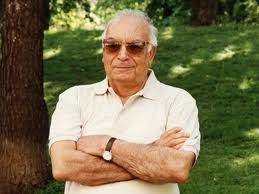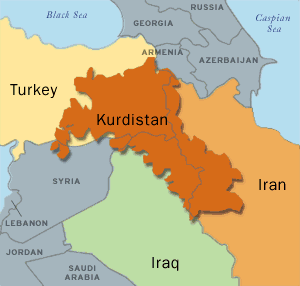A Solitary View of Turkish/Kurd Rivalry

The emotional intensity of the ancient hatreds and violence between Turks and Kurds, the origins of which may not even be clear to the participants, is vividly illuminated by this novel by Yasar Kemal, a Turk with Kurdish origins. Set in the 20th century, a fact made clear only because cars and tractors are mentioned once or twice, this novel feels as if it could have been set almost any time over the past 2000 years. Kurds, Armenians, Yedizis, Turkomans, and even Bedouins inhabit the area between Turkey and Iraq, just after the fall of the Ottoman Empire.
Time here is not linear, nor is the novel itself, spiralling instead through generations, forced exilings, attempts to settle down, unconscionable atrocities, and rises and falls in fortune. The novel doubles back upon itself and shows its characters and the mores of its many cultures from different perspectives. Throughout all this, a Greek-like chorus of village gossips comments maliciously on the lives of the main characters.
 This is especially disconcerting because the main character here, Ismail Agha, a Kurd, is a good man who cares for his neighbors. He has adopted an orphan and then had a son of his own, but his troubles increase as his sons grow up and become resentful of each other, each jealous of the time Ismail spends with the other son. When Ismail is rich, he is admired and respected by the community, but when, in sympathy for his poor neighbors, he uses all his riches to help them and becomes as poor as they, he becomes the subject of their vicious but seductive gossip, slandered by the very people he has helped, who decide that he has found and/or stolen a buried treasure.
This is especially disconcerting because the main character here, Ismail Agha, a Kurd, is a good man who cares for his neighbors. He has adopted an orphan and then had a son of his own, but his troubles increase as his sons grow up and become resentful of each other, each jealous of the time Ismail spends with the other son. When Ismail is rich, he is admired and respected by the community, but when, in sympathy for his poor neighbors, he uses all his riches to help them and becomes as poor as they, he becomes the subject of their vicious but seductive gossip, slandered by the very people he has helped, who decide that he has found and/or stolen a buried treasure.
 Details of the successive depredations by different aggressors from different cultures are vividly presented, with the author often using nature and its wildlife to show ironic parallels or contrasts between human and animal behavior. With the flavor of a collection of folk tales, this novel offers a unique glimpse of a world largely hidden, except in our current, blazing headlines of Turkish/Kurd depredations.
Details of the successive depredations by different aggressors from different cultures are vividly presented, with the author often using nature and its wildlife to show ironic parallels or contrasts between human and animal behavior. With the flavor of a collection of folk tales, this novel offers a unique glimpse of a world largely hidden, except in our current, blazing headlines of Turkish/Kurd depredations.
Photos: The author’s photo appears on http://sunsearch.info
The map of Kurdistan is from http://schema-root.org/region/middle_east/kurdistan/
